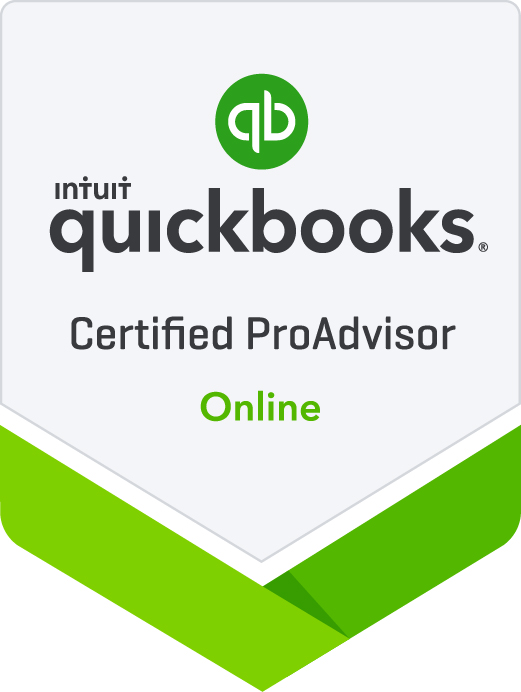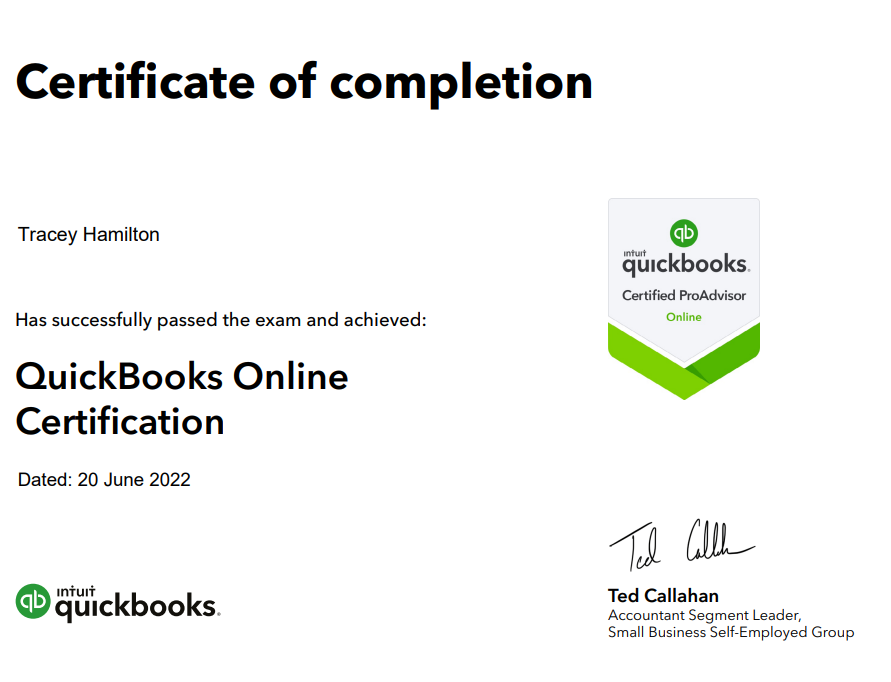How Can I Measure How Well My Business Is Doing?
/Photo by Ketut Subiyanto: https://www.pexels.com/photo/woman-working-at-home-and-making-video-call-on-laptop-4474047/
You are busy.
Let’s just establish this fact upfront.
There are kids to pick up & drop off, shopping to be completed at the grocery store, a house that needs to be kept tidy and that is just the first part of your to-do list. Next, you put on your CEO boss hat and there is a whole list of things that need to be done underneath that umbrella like delivering exceptional customer service, marketing efforts, networking events, professional development, customer meetings, performing the service you offer, and if you have a team then that creates yet another to-do list.
I am guessing that you haven’t gotten around to looking at your financial reports yet.
I GET IT!
However, it is super important to check in regularly on the financial status of your business to see how well your business is doing. This can be done weekly or monthly but a regular cadence must be established. So now that you are penciling in this essential task item, let's take a look at how you can measure how well you are doing in your business by looking at your financial reports starting with the Balance Sheet.
The Balance Sheet
The Balance Sheet takes a snapshot of the financial status of your business at a specific point in time. It answers the following questions:
What do I own? This can be found in the asset section of your Balance Sheet.
What do I owe? This can be found in the liabilities section of your Balance Sheet.
What is left in my business after that? This can be found in the equity section of the Balance Sheet.
The entire picture that can be provided by looking at the Balance Sheet is to assess the net worth of your business. If you were going to sell your business to an interested party does it look attractive?
The Asset Section
In the asset section, you will find the balances of your checking accounts, savings accounts, and any other liquid account meaning if you needed cash you could hypothetically go get the money out of your account. Additionally, you can find the accounts receivable account which keeps track of what customers owe you, equipment, and intangible & tangible assets. The most liquid assets are usually listed first. The more cash you have to take care of operational expenses the better.
The Liabilities Section
In the liabilities section, you will find all the vendors you owe like your suppliers, credit card companies, any bank loans, lines of credit, and vehicle loans. This section is broken down between current liabilities like accounts payable or vendor payables versus long-term liabilities like bank loans. The liabilities section tracks your obligations to outside parties. This is similar to how you would keep track of your personal finance activity like your mortgage loan, car loans, and personal credit cards. The less you owe others the better.
The Equity Section
The equity section shows what is left in your business. Investopedia states, “Equity is the remainder value when liabilities are subtracted from assets.” Additionally, the Corporate Finance Institute shares that, “Equity, in the simplest terms, is the money shareholders have invested in the business including all accumulated earnings. The equity section shows the changes in company equity, from an opening balance to an end-of-period balance. The changes include the earned profits, dividends, inflow of equity, withdrawal of equity, net loss, and so on.”
In other words, this section keeps track of any money that you contributed to your business since its inception which includes any bank account balances that were used to establish the bookkeeping records which are called opening balances. It also includes any money you took out of the business via the ATM or maybe you mistakenly paid a personal expense from your business account (which is a no-no :) but it happens. This is listed as a draw or distribution depending on the entity type of your business.
All of this is important to understand as the business owner and is a mouthful. I was originally going to cover all 3 financial statements: The Balance Sheet, Profit & Loss, and Statement of Cash Flow but decided to break it down into chunks because it is a lot of meat to chew on.
I hope this information is helpful to you as we travel on the road to see how to measure the financial well-being of your business.
Keep IT Sunny~







